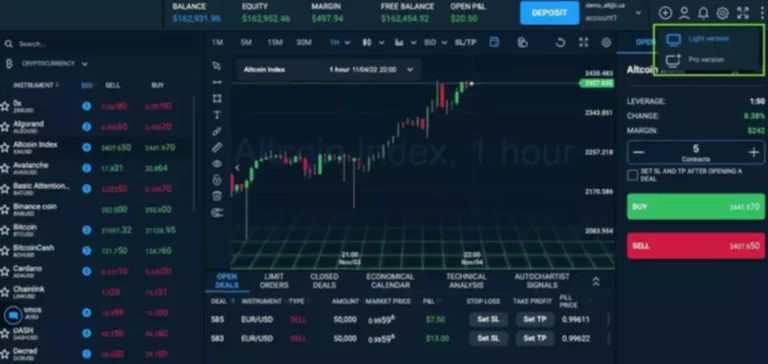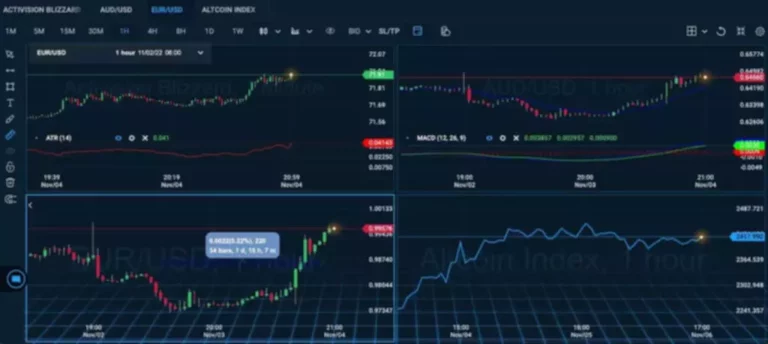Types of Blockchains Explained- Public VS Private VS Consortium
Content
For example, Bitcoin uses the Proof of Work (PoW) consensus mechanism, where miners compete to solve complex mathematical puzzles to validate transactions and add them to the blockchain. This process makes it computationally expensive for attackers to tamper with the transaction history, as they would need to control a majority of the network’s computing power. Additionally, the distributed nature of public blockchains makes them resistant to single points Peer-to-peer of failure and cyber attacks. As you may now know, blockchain technology is a highly complex and profound field which consists of numerous concepts and different types of blockchains. Understanding the types of blockchain networks is as important and essential as knowing what a blockchain is and how it applies to cryptocurrency.
Public, Private, and Permissioned Blockchains Compared
This demarcation carries significant implications for businesses, governments, and individuals alike. We explore everything you need to know about public and private blockchains in this piece. In this respect, private which is better public or private blockchain blockchains are susceptible to data breaches and other security threats. This is because there are generally limited validators used to reach a consensus about transactions and data (if a consensus mechanism is needed). In a private blockchain, there may not be a need for consensus, only the immutability of entered data.
What Is a Private Blockchain? (AKA Permissioned Blockchain)

These networks serve as platforms for decentralized applications (DApps), facilitating peer-to-peer transactions, smart contracts, and even decentralized finance (DeFi) protocols. The disadvantages of permissioned blockchains mirror those of public and private blockchains, depending on how they are configured. One key disadvantage is that because permissioned blockchains require internet connections, they are vulnerable to hacking. By design, some might use immutability techniques such as https://www.xcritical.com/ cryptographic security measures and validation through consensus mechanisms.
- It’s no surprise, then, that it’s revolutionizing industries like banking and finance.
- This realization is driving a move towards public blockchains, which are better equipped to support expansive growth and collaboration between parties (not to mention the added security).
- The payment infrastructures under review here are markedly different from those offered by digital currencies.
- Control over the number of individuals and the quality of nodes enables private blockchains to have faster processing speeds and improved scalability.
- For example, a private blockchain used for trade finance can automate the execution of payment terms and shipping documentation, reducing manual errors and delays.
Cryptocurrency & Digital Assets
Control over the number of individuals and the quality of nodes enables private blockchains to have faster processing speeds and improved scalability. As with public blockchains, private networks are not immune to criticisms, mainly due to being far more centralized than public ecosystems. This centralization requires a significant amount of trust to be placed in the managing organization, while also limiting third-party verification of a ledger’s integrity. The choice between public and private blockchains depends on specific use cases and organizational requirements. While public blockchains offer unparalleled transparency and decentralization, private blockchains provide greater control and privacy for enterprise applications. These networks prioritize efficiency and compliance, offering features such as access controls, data encryption, and audit trails to meet regulatory requirements and industry standards.
What’s the point of private blockchains if public blockchains exist?
A private blockchain is unique to companies seeking ways to utilize the benefits of distributed ledgers to boost their business ecosystem. Examples of industries using a private blockchain consensus algorithm include Ripple Labs Inc.’s RippleNet. The RippleNet uses blockchain technology to power a global payments business that is fast, cheap, and secure for all participating institutions. A private blockchain on the other hand offers a different consensus approach or model, in that it is permissioned, and deviates from the norm of a typical decentralized network. The data handling within a private blockchain network is usually read and written for a single organization. The privacy of data for in-house use is not uncommon in a private blockchain network and the system thrives based on trust amongst the participating nodes or units that have access to the ledgers.
However, use cases that benefit from maximum decentralization and public verifiability may be better served by public blockchain networks. While private blockchains offer enhanced privacy, they may be vulnerable to insider threats or collusion among authorized participants. Ensuring robust security measures and access controls is paramount to mitigate these risks. For example, a private blockchain used for voting or elections may be susceptible to manipulation or fraud by insiders with malicious intent. Additionally, the centralized nature of private blockchains may make them a target for cyber attacks or unauthorized access attempts. Implementing strong authentication, encryption, and auditing mechanisms is essential to safeguard the integrity and confidentiality of data on private blockchains.
Public and private blockchains present unique opportunities and challenges, each suited for specific applications within various industries. Understanding the complexities of each network type, alongside their respective advantages and limitations, is paramount for organizations exploring blockchain as a solution. These networks rely on a pre-selected group of trusted validators to verify transactions. This means there’s a possibility that the ledger could be altered under certain circumstances. The potential of private blockchain development extends far beyond these examples. Finally, Corda is a private blockchain specifically designed for financial institutions.
Anyone with an internet connection can join the network, participate in transactions, and view the entire transaction history. This permissionless approach fosters transparency and inclusivity, as everyone has an equal opportunity to participate in the network. Quorum, another notable private blockchain, was developed by JPMorgan Chase and offers both high performance and robust privacy features.
As enterprises explore blockchain applications, understanding the differences between private and public blockchains becomes crucial. This article delves into the key distinctions, use cases, and considerations for choosing between private blockchain and public blockchain solutions. Before diving into the differences between public and private blockchains, it’s essential to have a basic understanding of what a blockchain is and how it works.
Public blockchains are way too elaborate for this use case as data recorded can be viewed by entities who have no direct role in such asset management. The energy consumption requirement of the Proof of Work consensus model in public blockchains is also a downside compared with private blockchains. In all, the order of magnitude of a public blockchain is lesser than that of a private blockchain seeing how much lighter it is. “, then our first advice is always to invest in sustainable private blockchain projects.

Other concerns may center on the entity that runs or sponsors the private blockchain. This entity calls the shots, potentially leaving some users on the private blockchain network to wonder if that organization’s needs will be met before theirs, she added. Additionally, private blockchains tend to have less hoops to jump through to achieve consensus. Most do not offer incentives like cryptocurrency to entice participation in the private blockchain.
Hyperledger Fabric of Linux Foundation is a perfect example of a private blockchain. Consortium Blockchain (also called federated Blockchains) is best suited for organizations where there is a need for both types of Blockchains, i.e., public and private. In this type, there is more than one central in-charge, or we can say more than one organization involved who provides access to pre-selected nodes for reading, writing, and auditing the Blockchain. Since there is no single authority governing the control, it maintains decentralized nature.
With fewer participants in the network, taking control of the data can become almost effortless for any potential attackers. Moreover, since a private blockchain maintains only a few nodes, it would be easier for a hacker to take over the network. Public and private blockchains each offer unique advantages and disadvantages, with different use cases and requirements in mind. By understanding the key differences between these two types of blockchains, organizations can make informed decisions about the best approach for their specific needs.

.jpeg)
.jpeg)
.jpeg)









